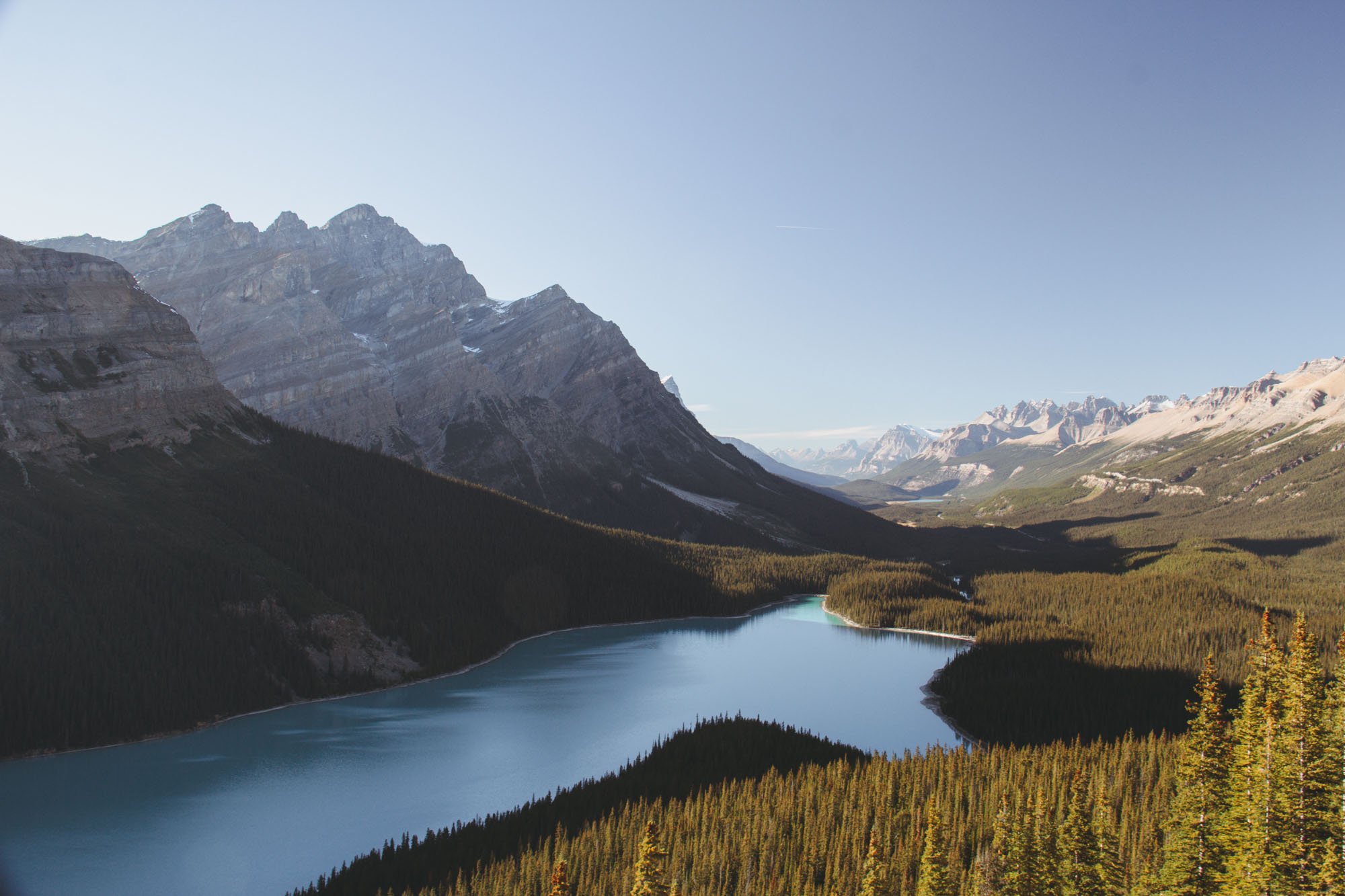
explore adventurously
ignite your sense of adventure
My Wandering Voyage is a gateway to a world of adventure travel, the outdoors and travel photography. It’s where adventure meets intention and every journey is captured through a storytelling lens. This place is for those who believe the best adventures aren’t about ticking off a checklist, but about sinking into the feeling of a place, finding beauty in the quiet moments and embracing the unknown at your own pace. If you crave winding road trips through small towns, hikes that lead you to breathtaking views and the thrill of discovering places with a photographer’s eye, then you’re in the right place. Here you’ll find detailed adventure travel itineraries, guides to outdoor adventures and travel photography tips and inspiration - all designed to help you explore the world deeply and capture it beautifully. Whether you’re planning a solo escape, seeking out-of-the-way destinations or learning to document your travels through film and digital photography, I’m here to guide you. Together, let’s foster a sense of curiosity to live adventurously.
What you’ll find here:
Adventure Travel: scenic road trips, slow travel experiences, travel destinations and guided itineraries that let you truly connect with a place
Outdoor Adventures: hiking trails, camping tips, and national park explorations that bring you closer to nature
Travel photography: a storyteller’s guide to capturing your adventures, from film photography to digital photography
Let’s wander with purpose, chase good light and find adventure in the everyday. Where will your next voyage take you?

Hey, I’m Olivia.
I’m the writer and photographer behind My Wandering Voyage. I’ve always been somewhat of a traveller, taking my first trip when I was just five weeks old! Over the years, I rediscovered my love of adventure and travel and a passion for photography, slowly stepping outside my comfort zone to become who I am now: a girl who loves to document her adventures.
On My Wandering Voyage, you’ll find a collection of travel guides, photography inspiration and a sprinkle of unconventional living. If you love to add a dash of adventure to your travels, you’re in the right place.
x Olivia


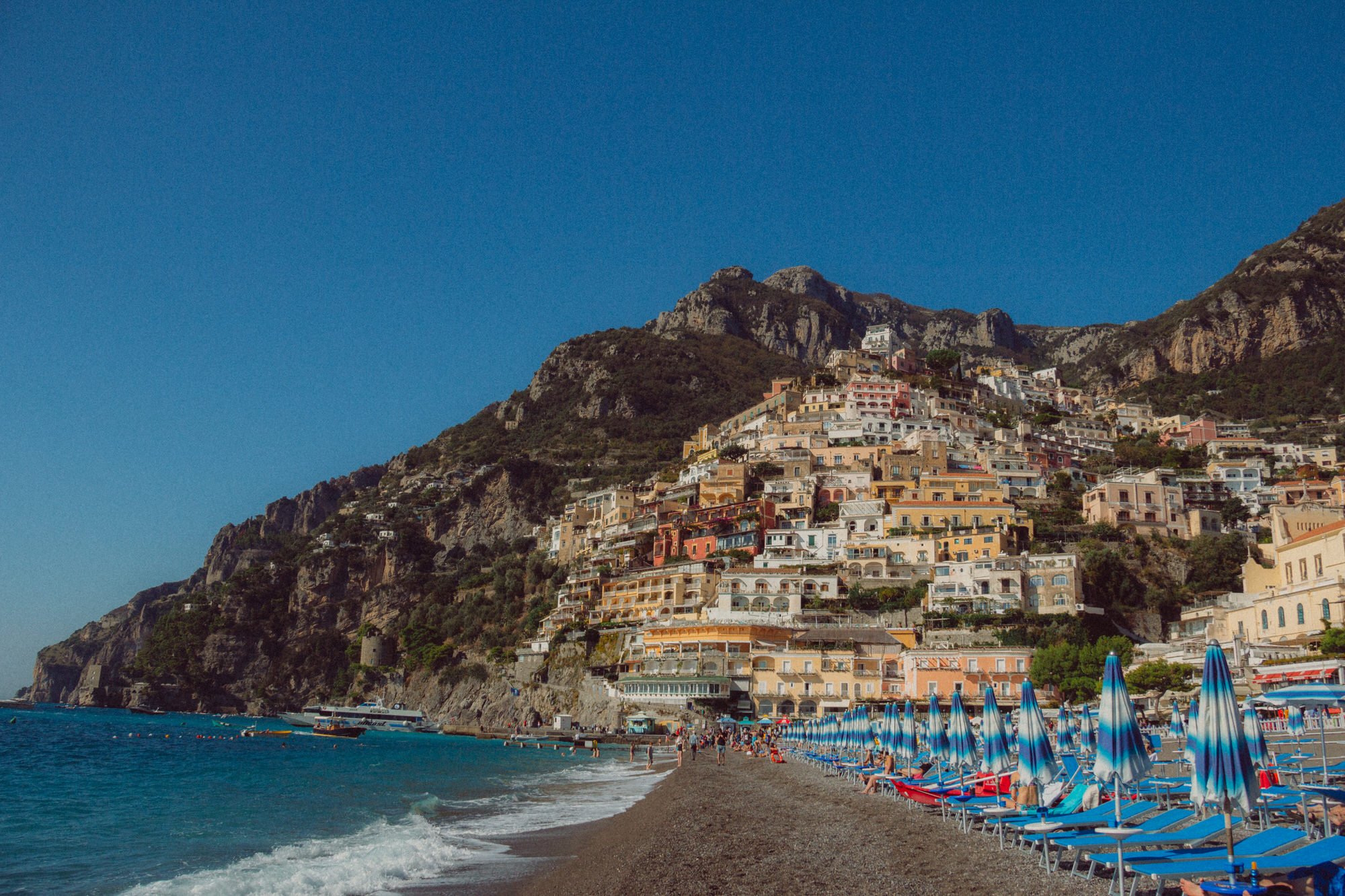
read the latest adventures
Dreaming of cozy campfires, starry nights, and fresh forest air? Here’s my go-to car camping essentials list; full of practical, comfy gear that makes camping easy and enjoyable. Whether you’re new to camping or just looking to upgrade your setup, these tried-and-true essentials will help you ease into the season with confidence.
Looking for the best Ontario Parks to visit? Whether you're chasing waterfalls, planning a peaceful camping trip, or hiking through wild backcountry trails, this ultimate guide covers more than 70 of the most breathtaking and adventure-filled provincial parks across Ontario. With highlights, must-do activities, and insider tips based on personal experience, you'll find inspiration for your next outdoor escape.
Take a long weekend to visit one of Ontario’s premier destinations. Here are the best things to do in Prince Edward County.
The Olympus Trip 35 is a compact, battery-free point-and-shoot 35mm film camera known for its ease of use and quality. When it was released in 1968, it was marketed as the perfect film camera to take on your travels.
What would you do if you only had 36 pictures that you were allowed to take on your vacation? How would you spend those images? What would you want to capture? What would be important to you? A little while ago I decided to jump back into film photography and I wondered what it would be like shooting film on vacation? This is my journey back into film photography.
Discover the largest freshwater island in the world. This one-week itinerary will help you find the best things to do on Manitoulin Island, places to stay, where to eat and more.
From hiking all the incredible trails, to stargazing in some of Canada’s darkest skies, to enjoying all the scenic views, there are so many amazing things to do at Lake Superior Provincial Park where you can discover Ontario’s superior wilderness!
There are so many incredible gift ideas for hikers, campers and adventure travellers out there. This list of best gifts for outdoorsy people will help you pick the perfect present.
Grab your snow boots and a sense of adventure because you won’t want to miss the best Ontario Parks to visit in the winter.
Discover the 37 best hikes in Ontario, from scenic waterfalls to rugged cliffs and lush forests. Whether you're a beginner or an experienced hiker, find your next adventure on these stunning trails. Best Ontario Hikes.
Ontario’s incredible landscapes were made for outdoor-lovers. With camping becoming an increasingly popular pastime in Ontario, this list helps you discover new places to go camping in Ontario.
What do you get when you combine the Niagara Escarpment and rushing water? Phenomenal waterfalls! Discover Grey County waterfalls in the winter and see this beautiful landscape in a whole new lens.
See the stars and watch the sunrise on Flowerpot Island near Tobermory, Ontario. Flowerpot Island lets you have the island (almost) entirely to yourself. This guide aims to give you everything you need to know to have an incredible experience in Tobermory and Flowerpot Island.
Looking to take up a new activity this winter? Try snowshoeing in Ontario. There are so many great snowshoeing trails in Ontario to explore.
Gifts can cause unnecessary stress during the holiday season. Forego the physical gifts and give someone the gift of an unforgettable experience right here in Ontario. Check out these memorable Ontario gift experiences.
Discover Lake Superior on this Toronto to Thunder Bay road trip. This 10-day Northern Ontario road trip will take you to spectacular vistas, magical waterfalls and must-see places along Lake Superior.
Discover Pukaskwa National Park, the least visited national park in eastern Canada. This guide to Pukaskwa National Park explores everything you need to know about hiking, camping and enjoying this stunning park (and even how to get to the famous White River Suspension Bridge).
Discover pristine natural environments, incredible hiking and jaw-dropping vistas in the six national parks in Ontario. Bruce Peninsula National Park, Georgian Bay Islands National Park, Point Pelee National Park, Pukaskwa National Park, Rouge National Urban Park and Thousand Islands National Park.
Take a road trip through Ontario’s Georgian Bay area in search of liquid gold. This self-guided Georgian Bay cider tour hits all the spots for exploring Ontario’s best cider producers.
Take a surprise day trip in Ontario with Guess Where Trips and discover hidden gems and picturesque places all in your backyard!
Are you thinking about heading out into the great outdoors for the first time? In this beginner’s guide to camping, you’ll find a list of car camping essentials, how to set up your campsite, camping recipes, camping etiquette and more.
This list of best nature books includes memoirs, biographies, fiction, how-to books and guidebooks. Escape into nature with this list of 38 books about the great outdoors.
Norfolk County is a slice of forests, farmland and beaches in Southern Ontario. There are so many relaxing things to do in Norfolk County, so take a day trip to Ontario’s Garden.
Road trips don’t always go smoothly. These 32 road trip tips (gathered from countless trips across Canada and the US) will help you prepare everything for a safe and enjoyable journey!
From mountains to forests to beaches and the ocean, Vancouver Island has it all. Use this 5 day itinerary for a Vancouver Island road to find the must see places on Canada’s west coast.
There’s no doubt that Ontario is a beautiful place. See it from above with these 25+ best scenic lookouts in Ontario.
This guide will help you with the best way to organize your travel photos so that you can easily find them, show off your best pictures and put them together in a memorable way.
Stuck at home and dreaming of travelling Canada coast to coast to coast? Well, you can, with these seven ways to explore Canada virtually.
Looking to get outside for fresh air? Looking to start hiking the Bruce Trail and not sure where to start? These 14 side trails are the perfect way to explore the Bruce Trail.
Follow along on YouTube
Subscribe to get the latest videos, delivered right to your inbox.
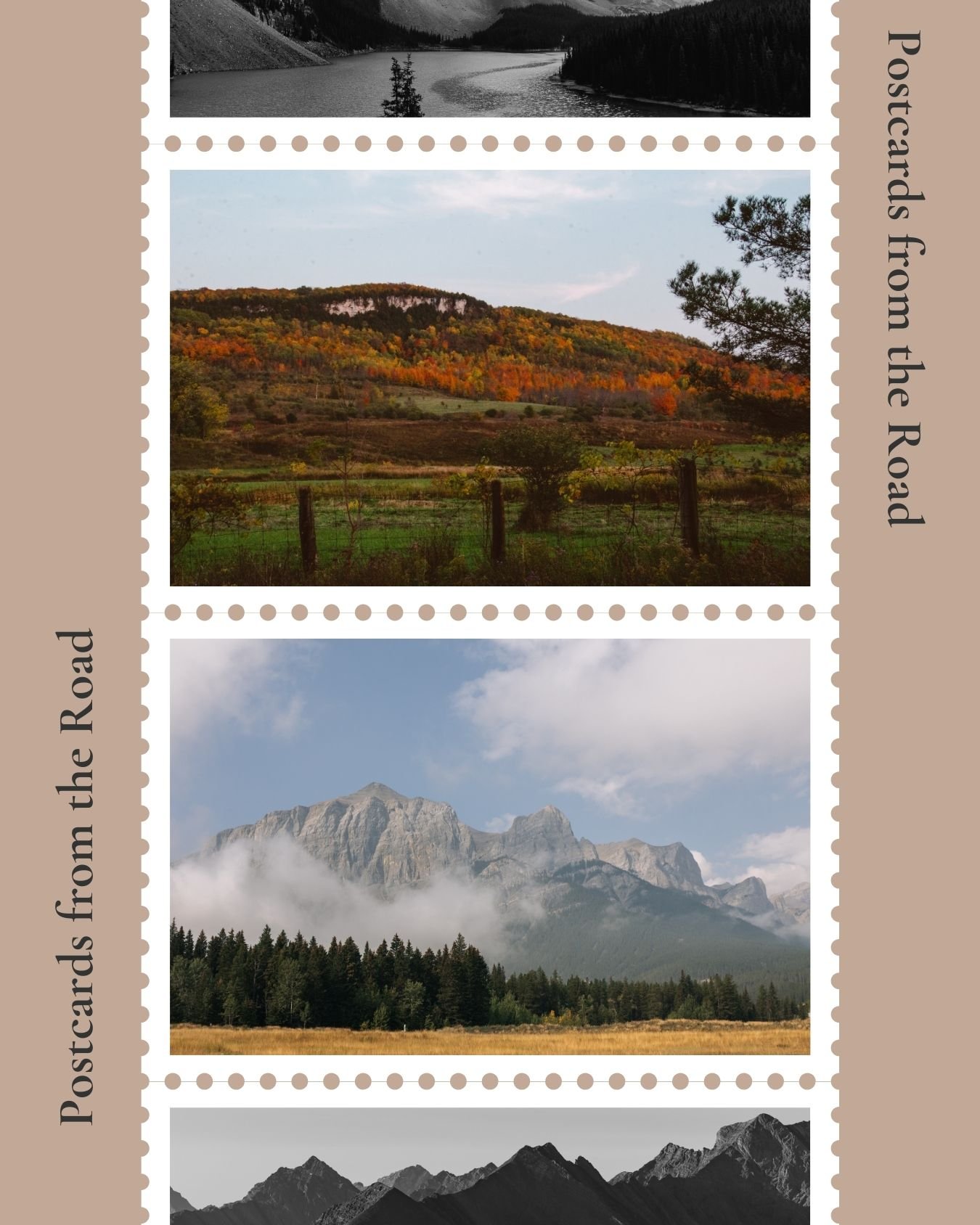
Add a little
adventure
to your home
Grab your favourite My Wandering Voyage prints to hang in your home



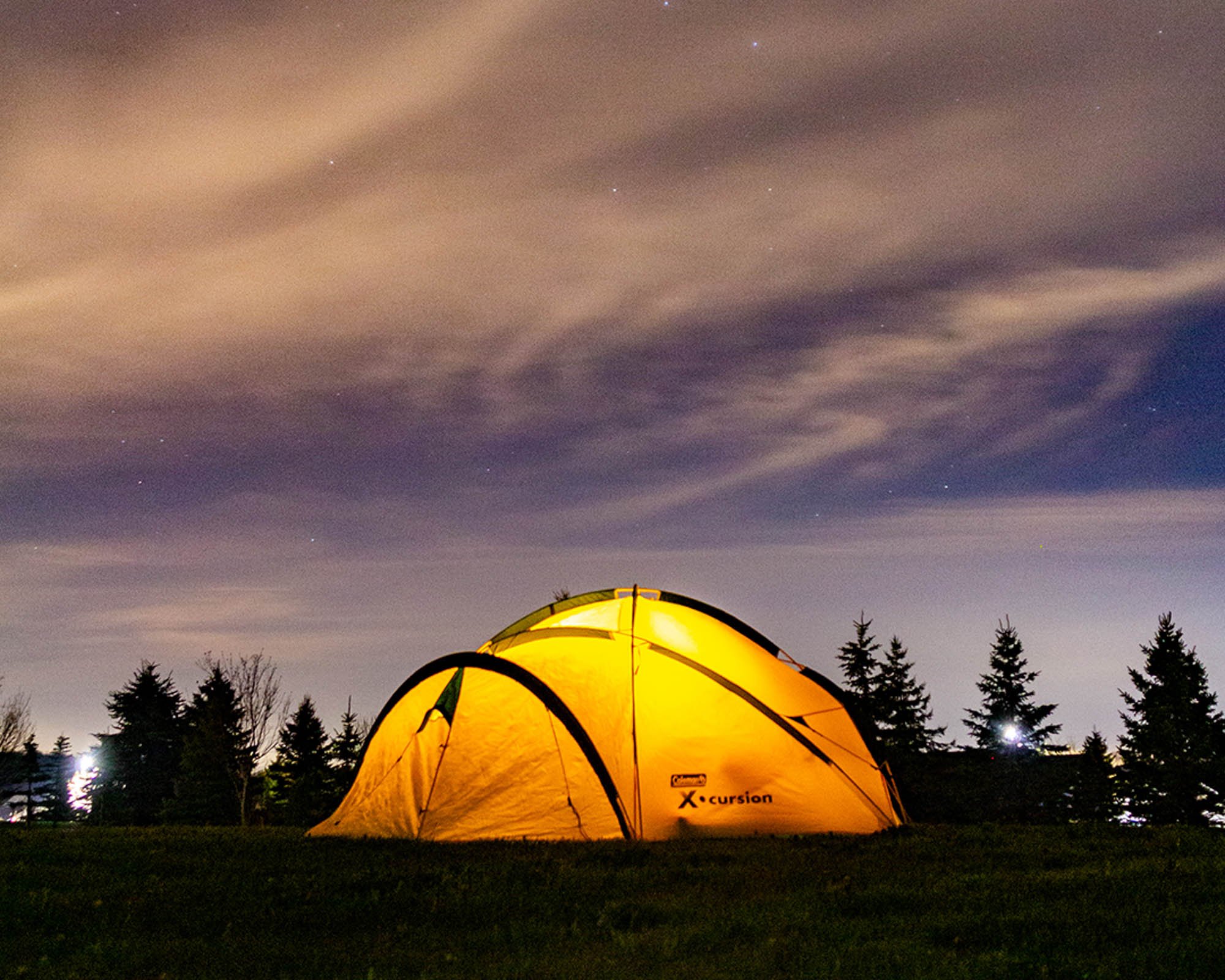
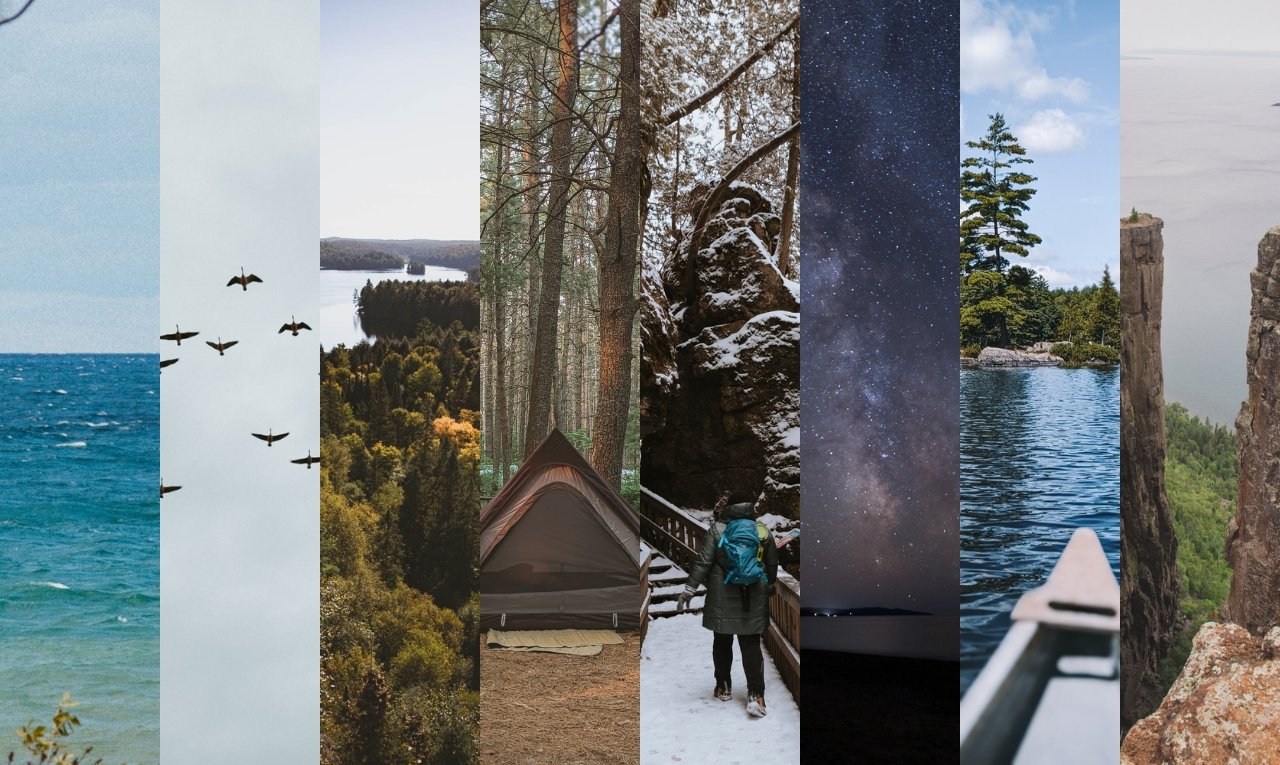


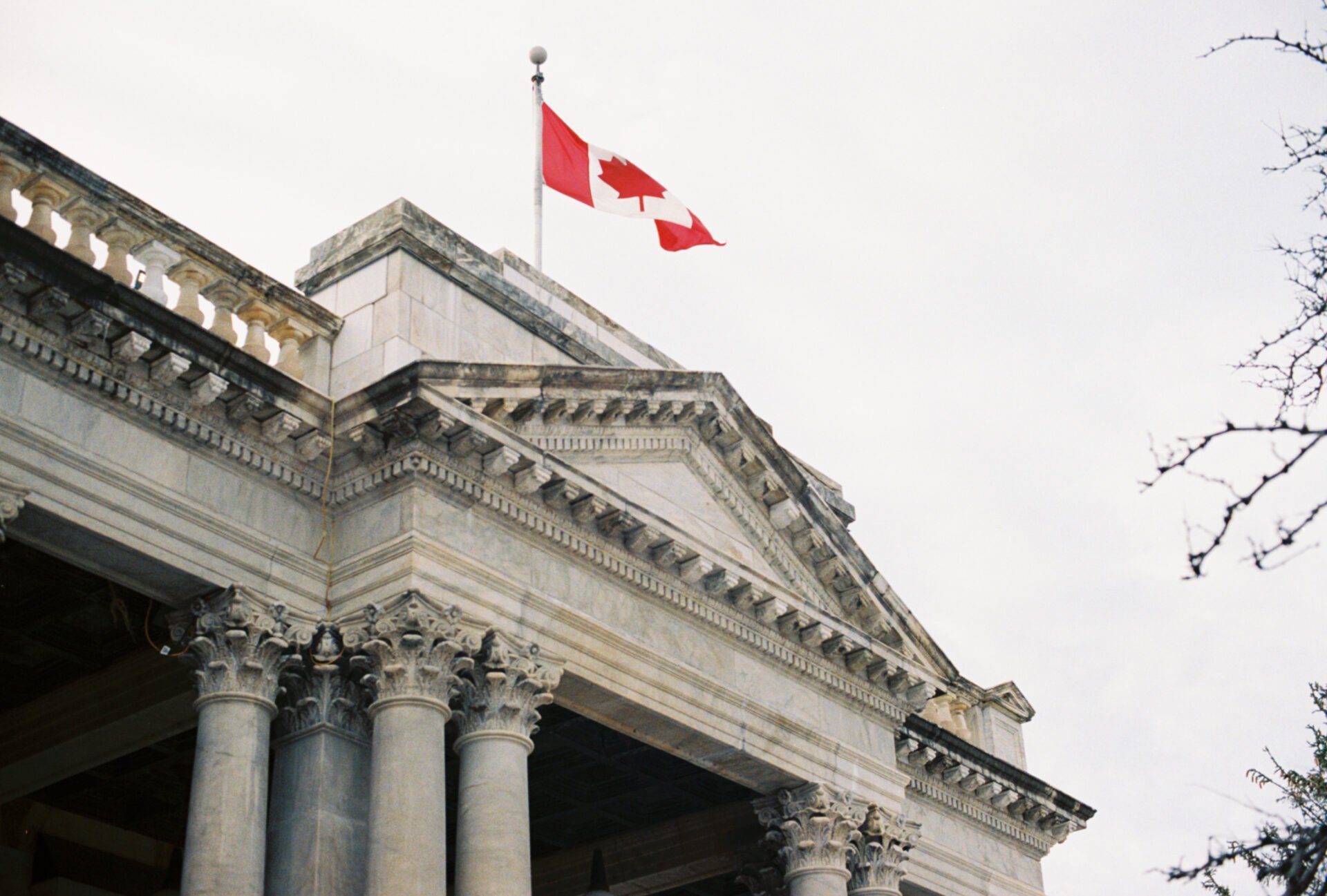
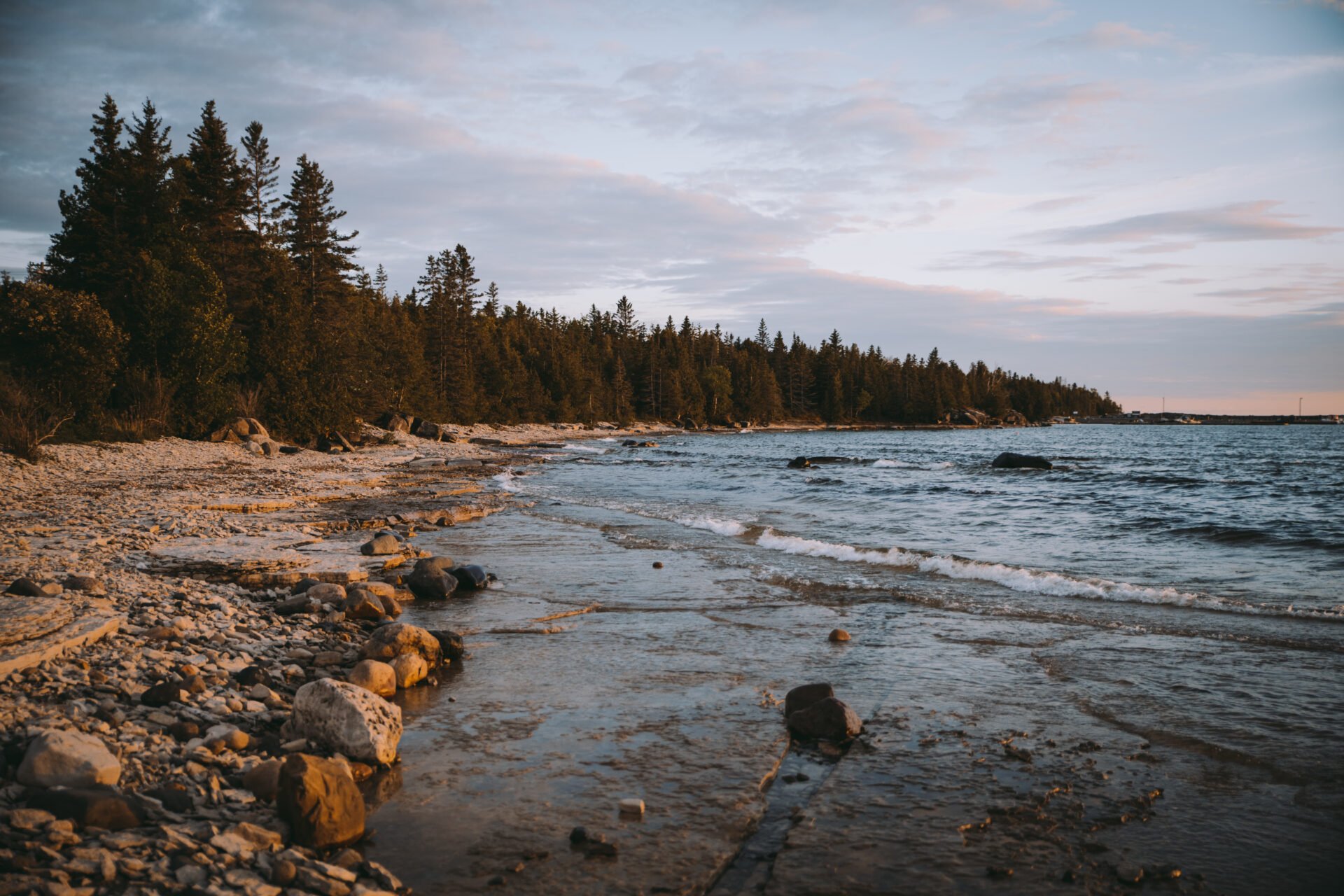
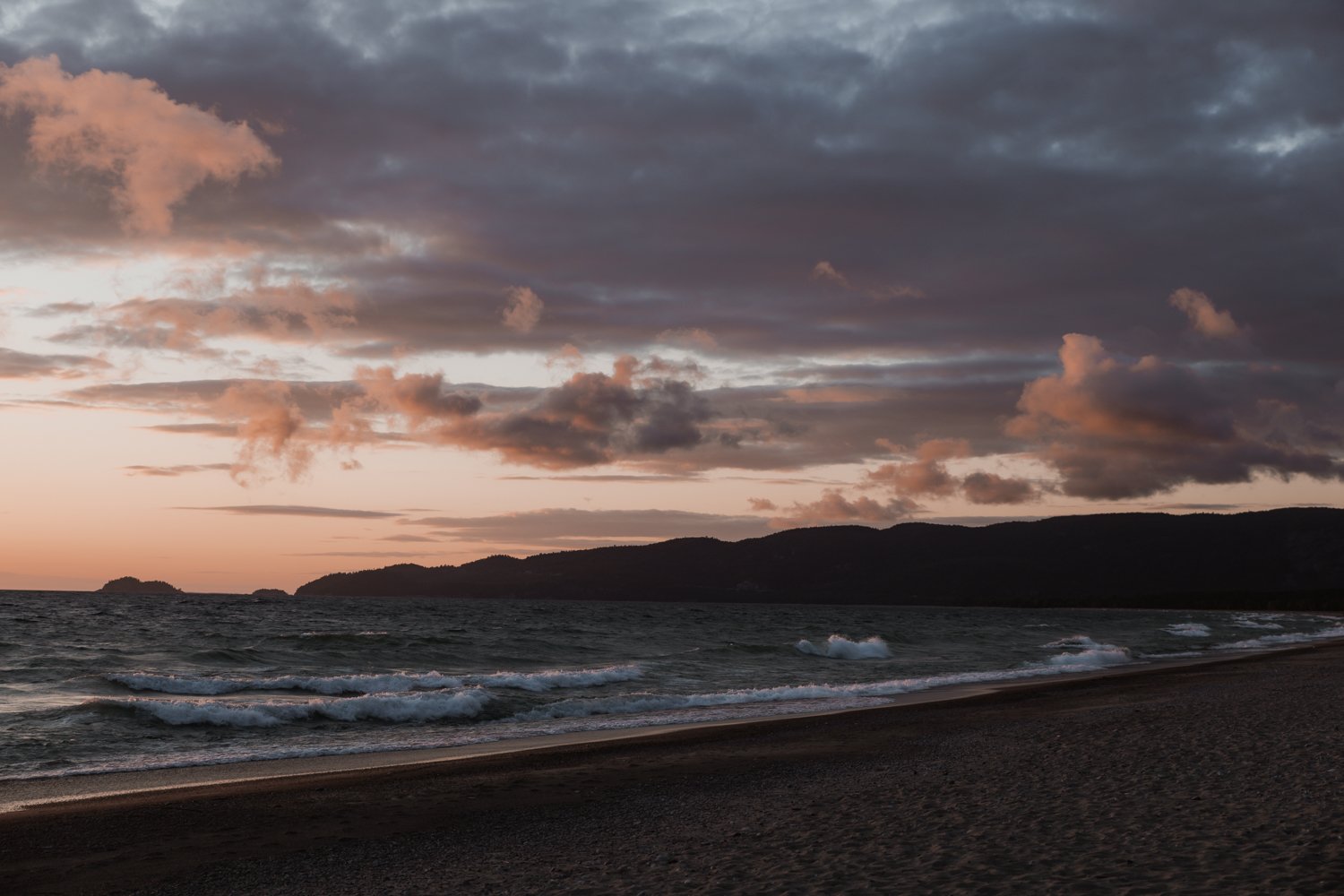


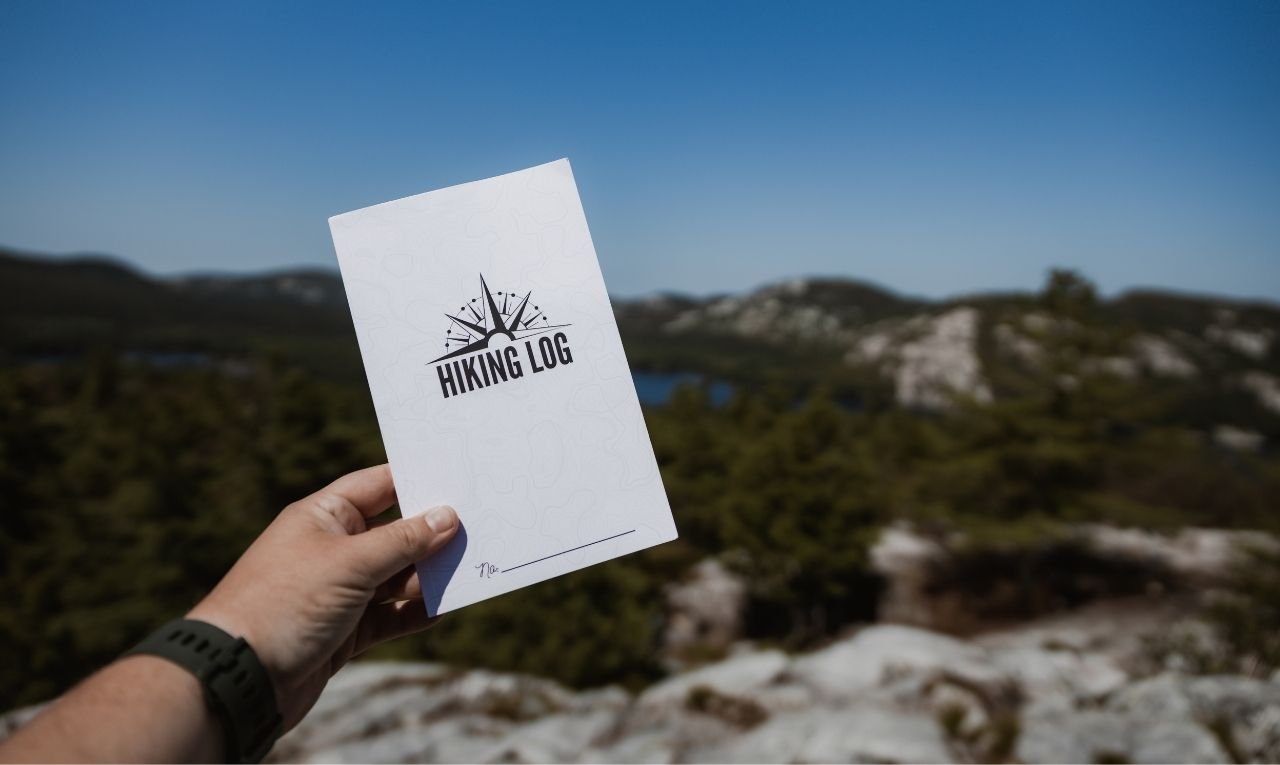
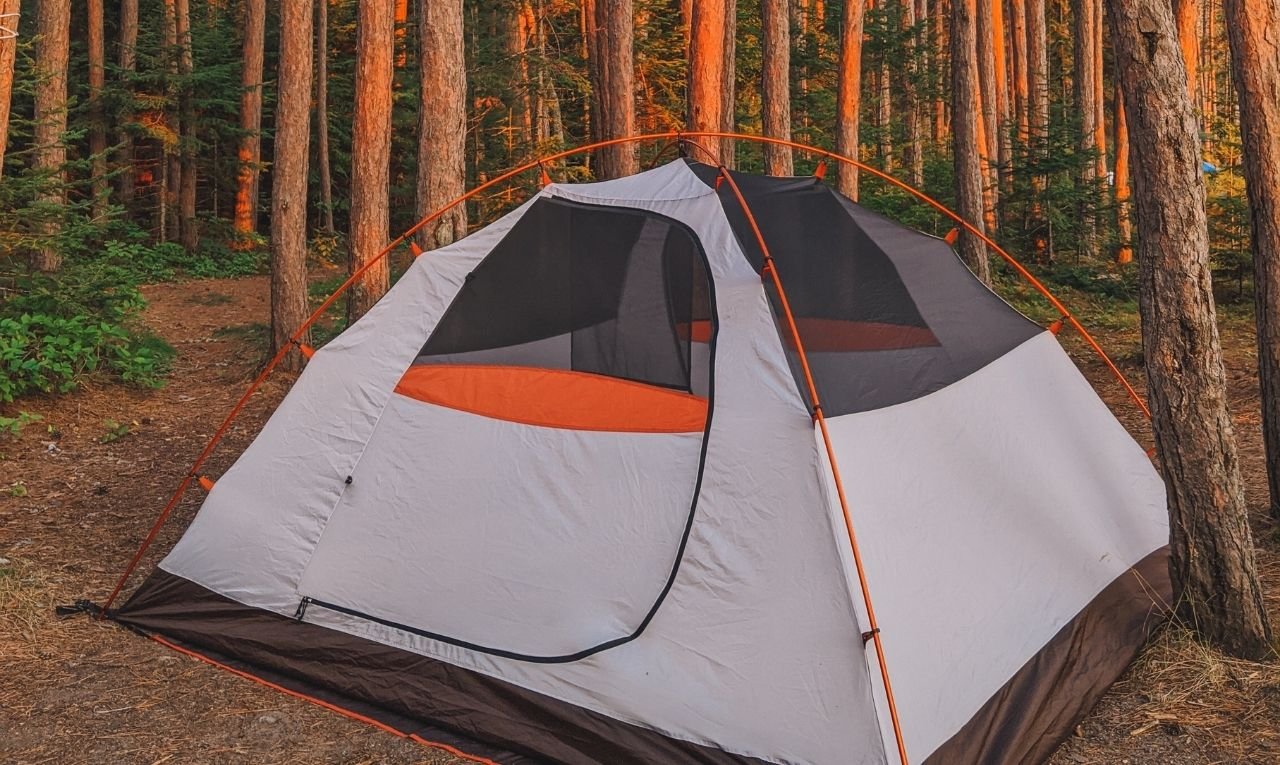
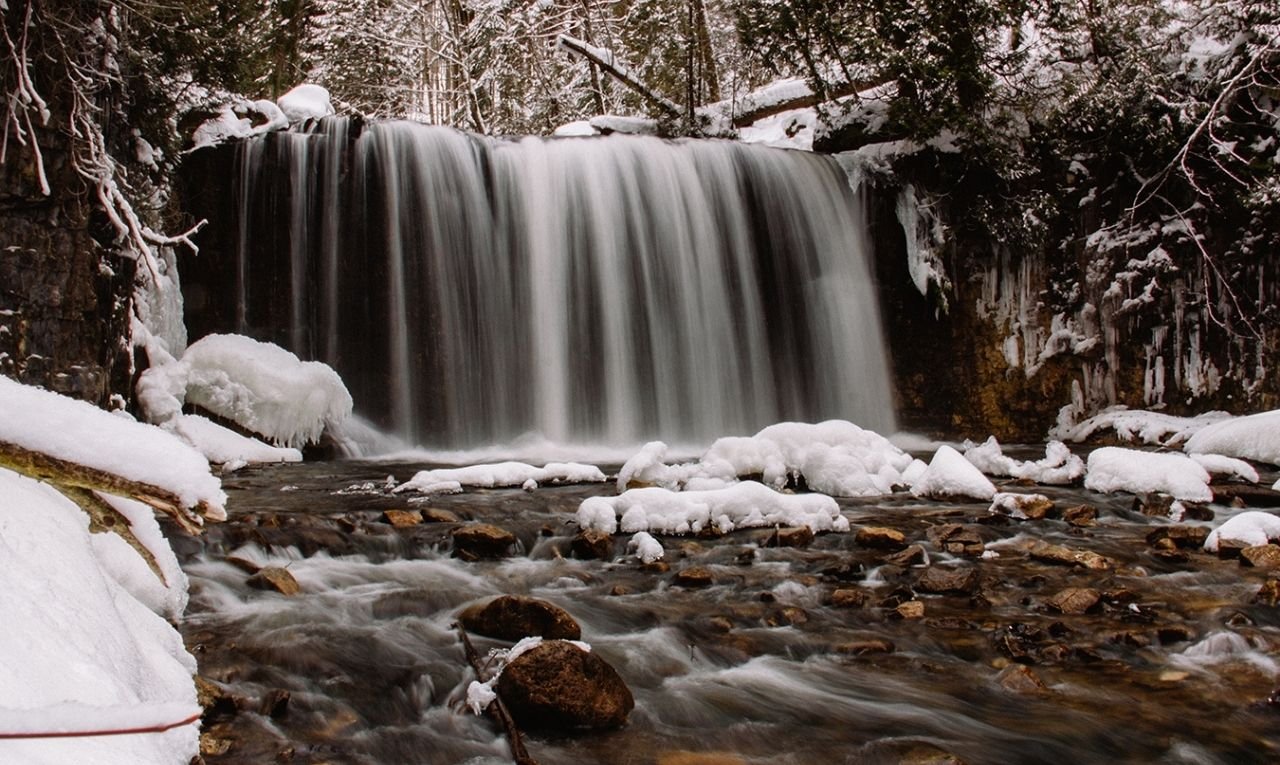
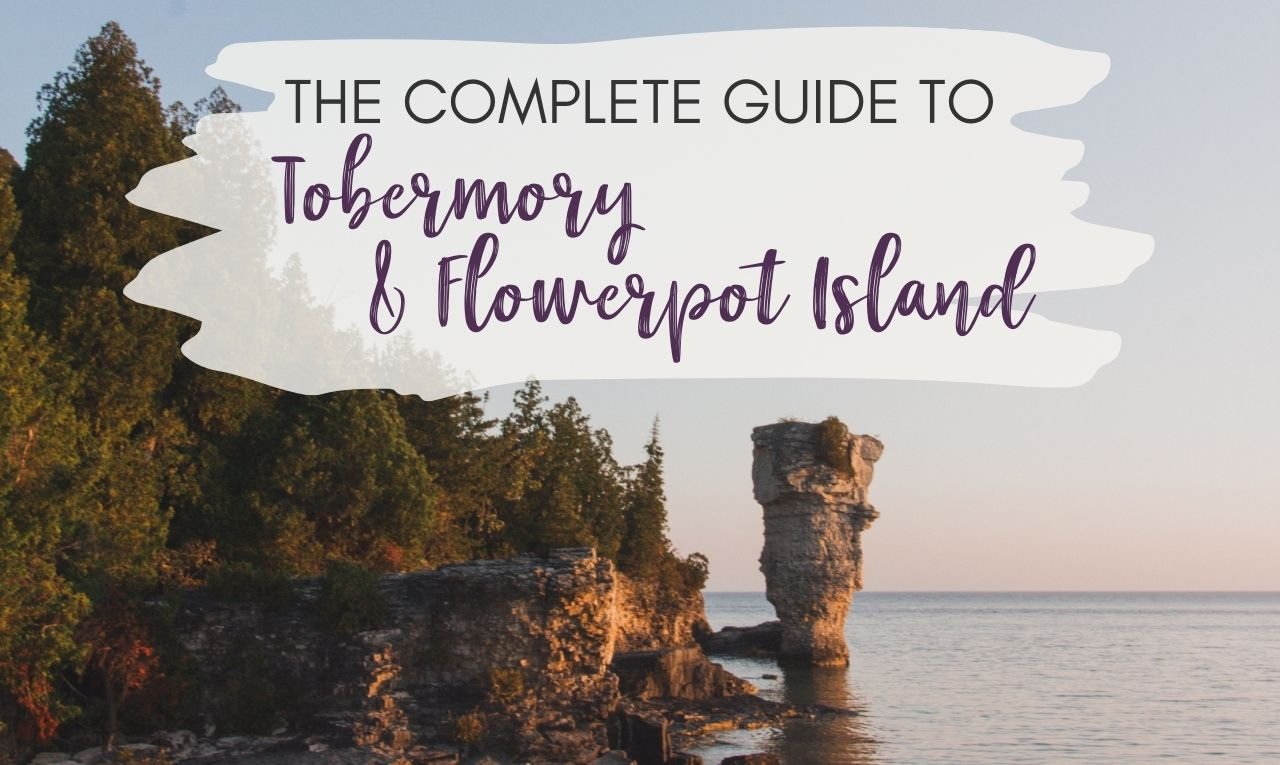
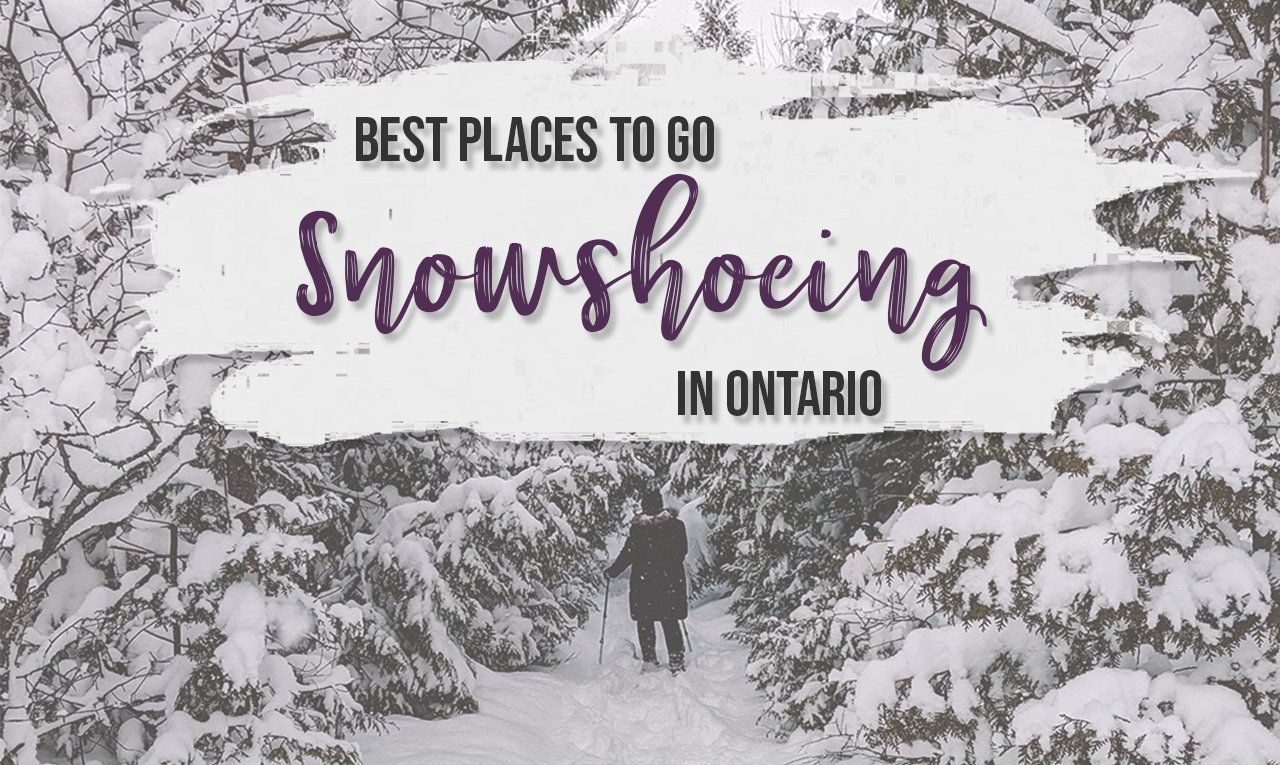


![Everything you need to know about Pukaskwa National Park [+ hiking guide]](https://images.squarespace-cdn.com/content/v1/6495d3b60f950e6c0e7c842f/1687544873523-A8Z7P3OTJ503YPBVEG7C/guide-to-pukaskwa-national-park.jpg)
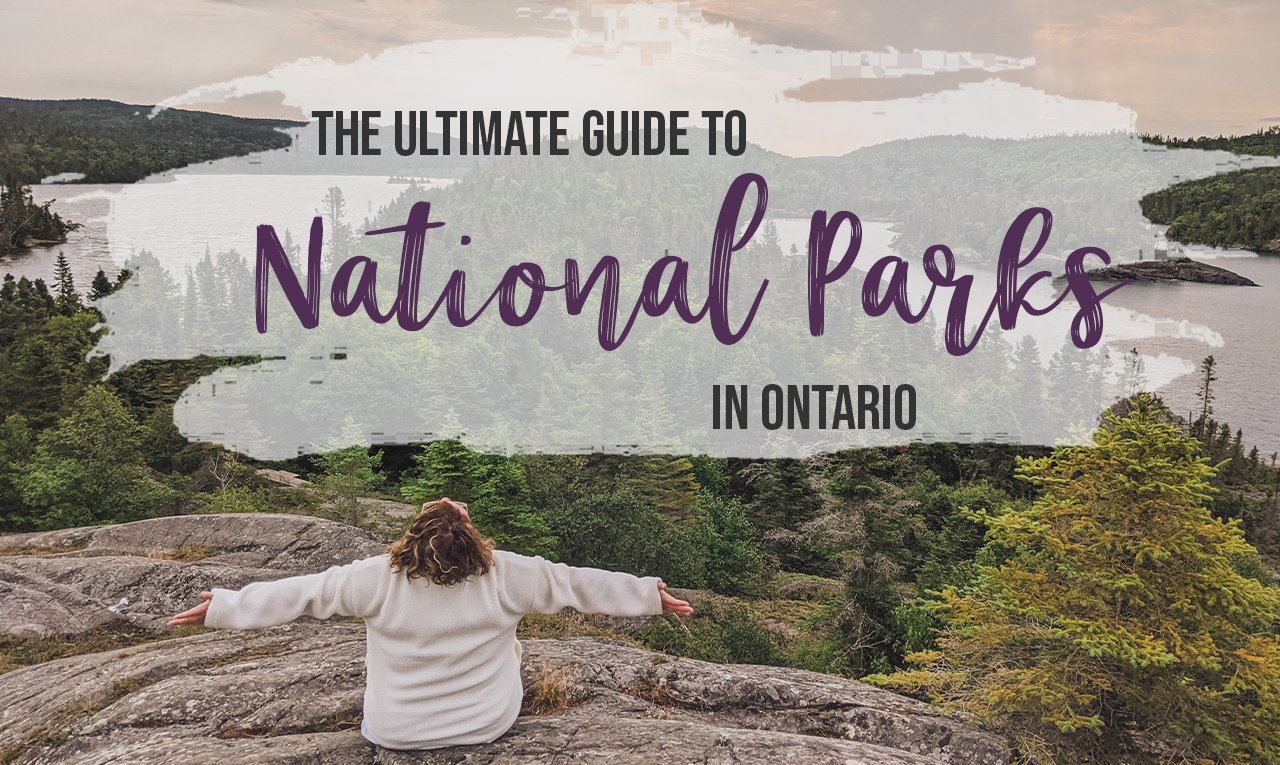


![Beginner's guide to camping + camping essentials + recipes [free checklist]](https://images.squarespace-cdn.com/content/v1/6495d3b60f950e6c0e7c842f/1687545649255-ZI06656IWYUR3MS8696D/beginners-guide-to-camping-1024x612.jpg)


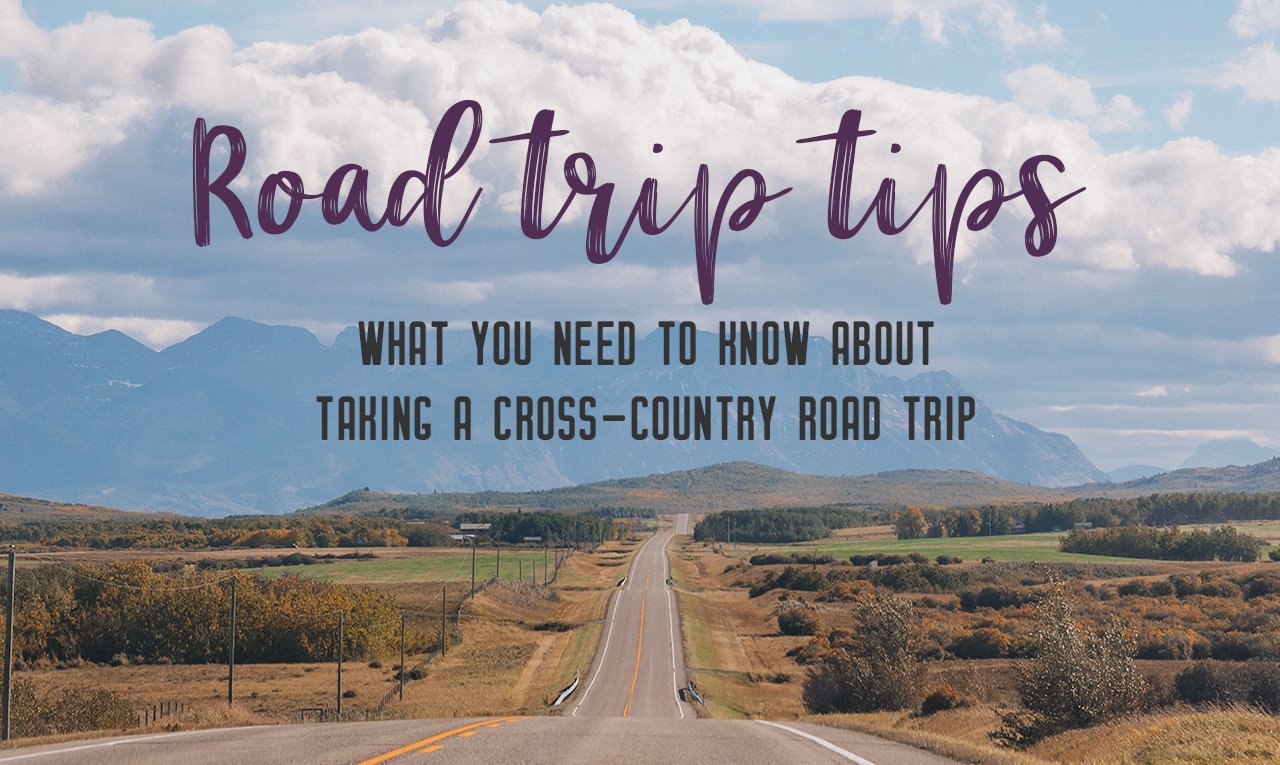





Parking in and around Banff can be a nightmare, which is why it’s easier than ever to visit Banff without a car. Here’s everything you need to know about getting around Banff without a vehicle